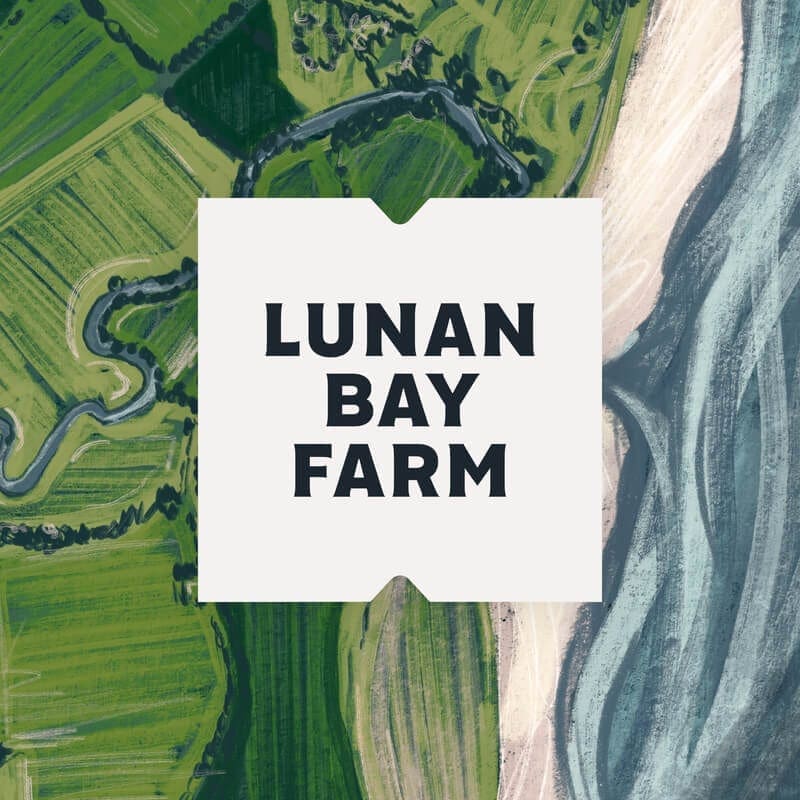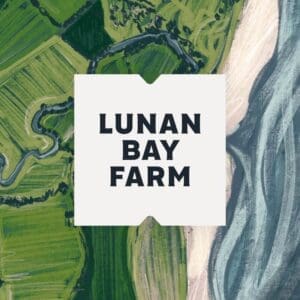HISTORY OF HOMEGROWN SCOTTISH CASHMERE
Scottish Cashmere is the world’s most luxurious and expensive fibre, which has an interesting history. In the late 19th Century, Scotland was the epicentre for Cashmere production, in particular in the Scottish Borders, which had over 250 woollen mills. Back then, the raw Cashmere fibre was imported from Asia and continues that way today. Scotland is still at the forefront of Cashmere production, with its strong background in textile expertise, technology and innovation.

In the late 1980s, an initiative to produce homegrown Scottish Cashmere was realised. The Scottish Cashmere Producers Association (SCPA 1988-2009) developed from an original key stakeholder co-operative farmer group, Cashmere Breeders Ltd. (1986-2005).

The objective was to increase the cashmere production of feral Scottish goats to produce commercially viable quantities of cashmere that fell within, the then current, commercial definition of cashmere i.e. fibre with a mean diameter of less than 16.5 microns and 40 mm in length.

One of academics, Dr Hilary Redden, who worked on the project clarified that, “The main project was funded by the EU and the Scottish Government and started in 1986 and ran for 10 years. The key stakeholders alongside their academic research partner, originally the Hill Farming Research Organisation, later the Macaulay Land Use Research Institute (MLURI) and finally metamorphing into the James Hutton Institute. The research centred on the importation of goats from Iceland, Tasmanian, New Zealand and Siberia along with captured Scottish feral goats and became a herd of 300-400 breeding does at Sourhope, a research hill farm in the Scottish Borders. Scientists at MLURI and the Roslin Institute were responsible for fibre testing and genetic selection. The project produced approximately 1000kg raw cashmere per year, sold primarily to major Scottish Cashmere processors, Johnston’s of Elgin”.

Dr Redden who now runs a fibre testing facility, The Fibre Lab (www.thefibrelab.co.uk), went on to say, “Farmers initially achieved £100/kg for their cashmere. However, price uncertainty and fluctuation, which was controlled by the Chinese cashmere market, the long lead time into a reliable goat meat market and unsuccessful political canvassing for EU subsidies on animal fibres, such as wool and cashmere and headage payments for both goats and sheep in the UK resulted in growers reverting their focus back to sheep farming”.

One of Cashmere growers from the project, now retired, John and Doreen Marsh explained, “There were about 12 farmers to start with growing to around 100 breeders all over the UK with around 5000 goats. We produced a maximum of quarter tonne of cashmere in one year, although usually less, supplying Johnston’s of Elgin. The loss of UK processing facilities accelerated the loss of breeders and goats. The UK was the only country in the EU not to apply subsidy on goats”.

Thankfully, back in 2016, goat specialists Jillian and Neil McEwan of Lunan Bay Farm sourced and manage the only remaining commercial herd of Scottish cashmere goats, descendants of the SCPA project. In 2020, in partnership with The Border Mill, a Scottish artisan mill they produced Scottish Cashmere yarn from their goats, a first in decades. Along with continuing their work on the environmental benefits of goat management, the entrepreneurial couple plan to increase their Scottish Cashmere production by 10-fold in 2023 and work with partners to expand overall yields of their regenerative Scottish Cashmere.
You can support Lunan Bay Farm’s pioneering work on our farm by purchasing their yarn, garments, and farm experiences HERE
Read more about this in these articles in The Sunday Post, The Times and The Courier.


